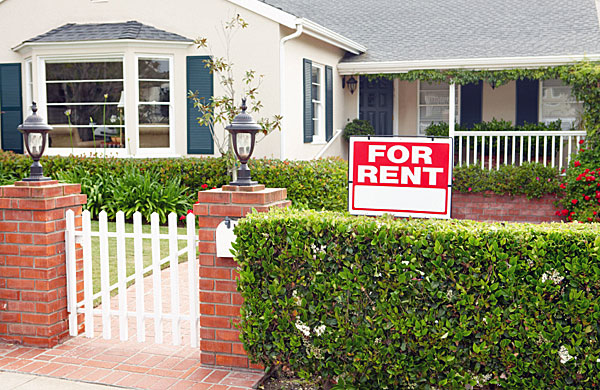When the buyer pays all cash, the risk of the deal not happening is eliminated because there is proof of funds, he said. Kaufman said there has been a trend in the last few years of affluent buyers in the technology field buying primary or secondary residences in Santa Cruz County.
Mike O’Boy, sales manager at Sereno Group Aptos, said a majority of home buyers in the county are still coming from Silicon Valley, buying second homes or primary residences here because they are priced out of the Bay Area market. O’Boy said many in the industry were expecting to get back to normal inventory levels after last fall’s slowdown in sales, but that hasn’t happened yet this year. “We’re not seeing a lot of new, good quality inventory hit the market,” he said.
The unsold Inventory Index shows the relationship between supply of houses and demand for purchase. The normal inventory of houses is at about a five- to eight-month supply, O’Boy said. He said the market is now at a four-month supply, but has been less than a two-month supply for almost three years. However, the real estate market is facing a stronger spring than the market was in the fall because the economy is a little more stable, he said.
“Good properties that are well-priced are still getting multiple offers,” he said. The median home price, the midpoint of what sold, for single-family homes in Santa Cruz County, was $826,000 in January, according to Gary Gangnes of Real Options Realty, who tracks the numbers. Gangnes said the median price was $787,000 in January 2018.

By the numbers
How median home prices shifted:
Month Year:Price
January 2019: $826,000
December 2018: $926,000
November 2018: $911,250
October 2018: $907,500
September 2018: $920,000
August 2018: $920,000
July 2018: $885,000
June 2018: $927,500
May 2018: $900,000
April 2018: $905,000
March 2018: $935,100
February 2018: $800,000
The median price for condominiums and townhouses was $602,500 in January, according to Gangnes. It was $637,500 in January 2018.
January 2019 statistics
Single-family homes
Median price: $826,000 ($787,000 a year ago)
Listings: 305 (247 a year ago)
Sales volume: 74 (114 a year ago)
Distressed: No bank-owned or short sales
Unsold Inventory Index: 4.1 months (2.2 months a year ago)
Average price: $926,018 ($858,940 a year ago)
December’s average price was, $1,132,420, according to Gangnes.
Condos/townhouses
Median price: $602,500 ($637,500 a year ago)
Listings: 107 (58 a year ago)
Sales volume: 28 (33 a year ago)
Distressed: no bank-owned or short sales
Unsold Inventory Index: 3.8 months (1.8 a year ago)
Average price: $645,023 ($650,410 a year ago)
Source: Real Options Realty
Close to the median:
City of Santa Cruz
1222 Laurel St., $950,000
206 Glover St., $855,000
242 Jackson St., $775,000
134 Fernside St., $734,000
120 Grandview St., $714,000
County of Santa Cruz
411 Brook Lane, Boulder Creek, $830,000
415 Seventh Ave., Live Oak, $827,000
112 Siesta Court, Aptos, $825,000
4435 Bain Ave., Live Oak, $820,645
9754 Live Oak Ave., Ben Lomond, $820,000
Highest
25300 Quail Ridge Road, Los Gatos, $2,160,000
114 Central Ave., Capitola, $2,100,000
24846 Skyland Road, Los Gatos, $2,005,000
199 Shoreview Drive, Aptos, $1,697,500
828 Pelton Ave., Santa Cruz, $1,600,000
Lowest
7 Landis Ave., Amesti/Green Valley Road, Freedom, $410,000
15475 Big Basin Way, Boulder Creek, $407,000
617 Redwood Road, Felton, $397,500
467 Argos Circle, Watsonville, $302,000
160 Woodland Drive, Ben Lomond, $285,000
Source: Real Options Realty









 Steve McKay, associate professor of sociology and director of the UC Santa Cruz Center for Labor Studies, is drilling down further. He will present the results of a six-month study of renters in the city of Santa Cruz at 7 p.m. Thursday at the Museum of Art and History, 705 Front St.
Steve McKay, associate professor of sociology and director of the UC Santa Cruz Center for Labor Studies, is drilling down further. He will present the results of a six-month study of renters in the city of Santa Cruz at 7 p.m. Thursday at the Museum of Art and History, 705 Front St.